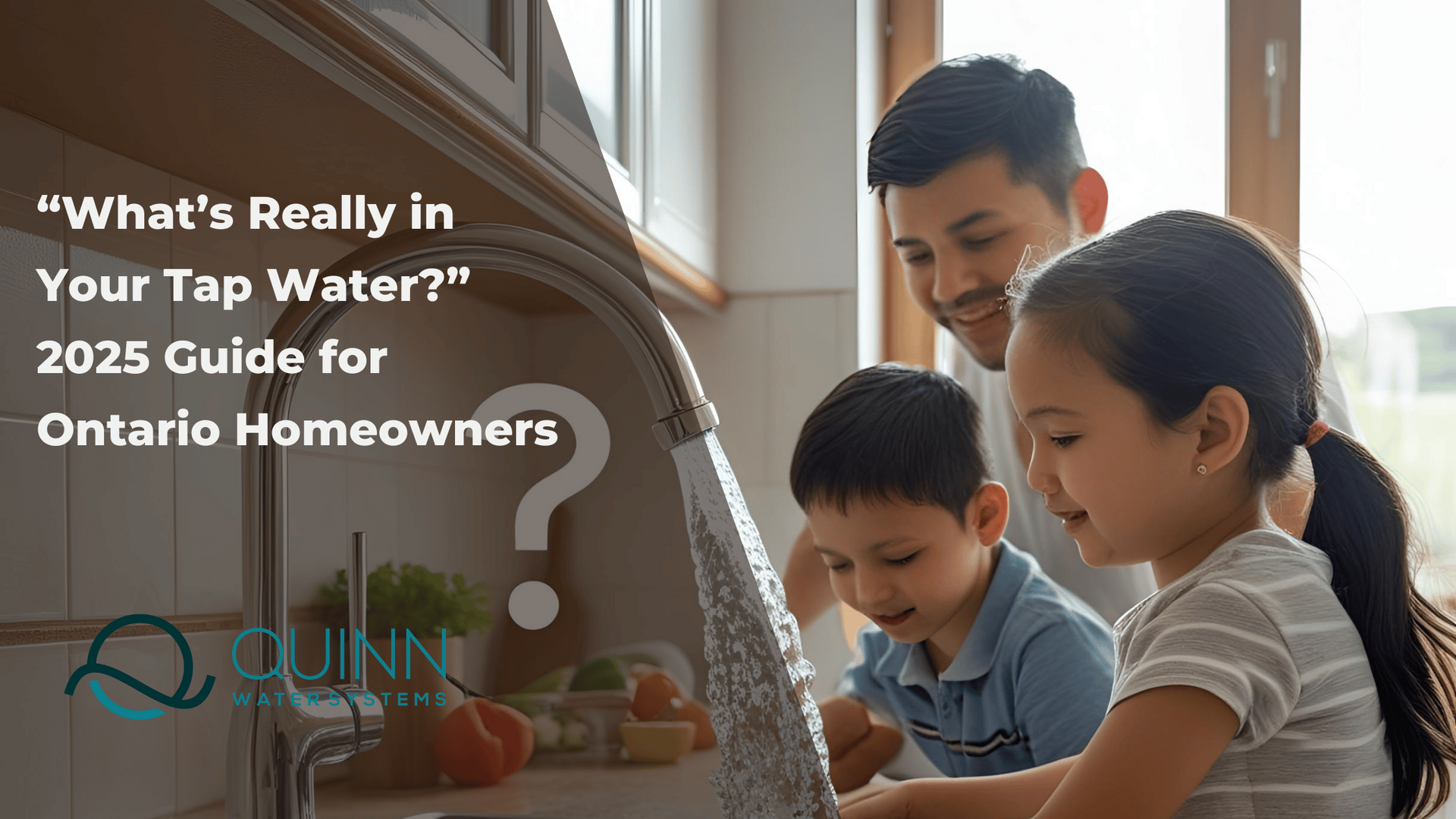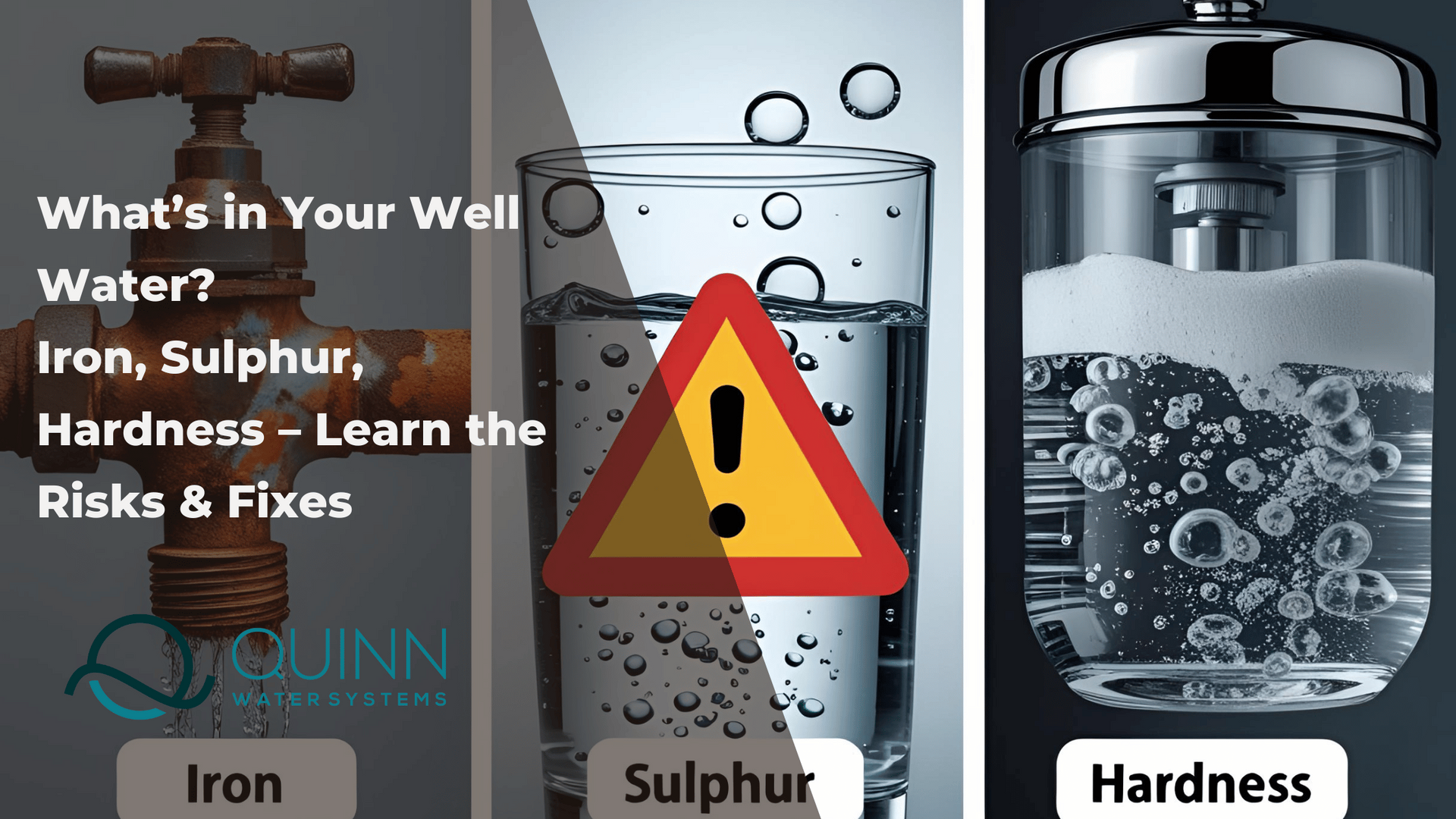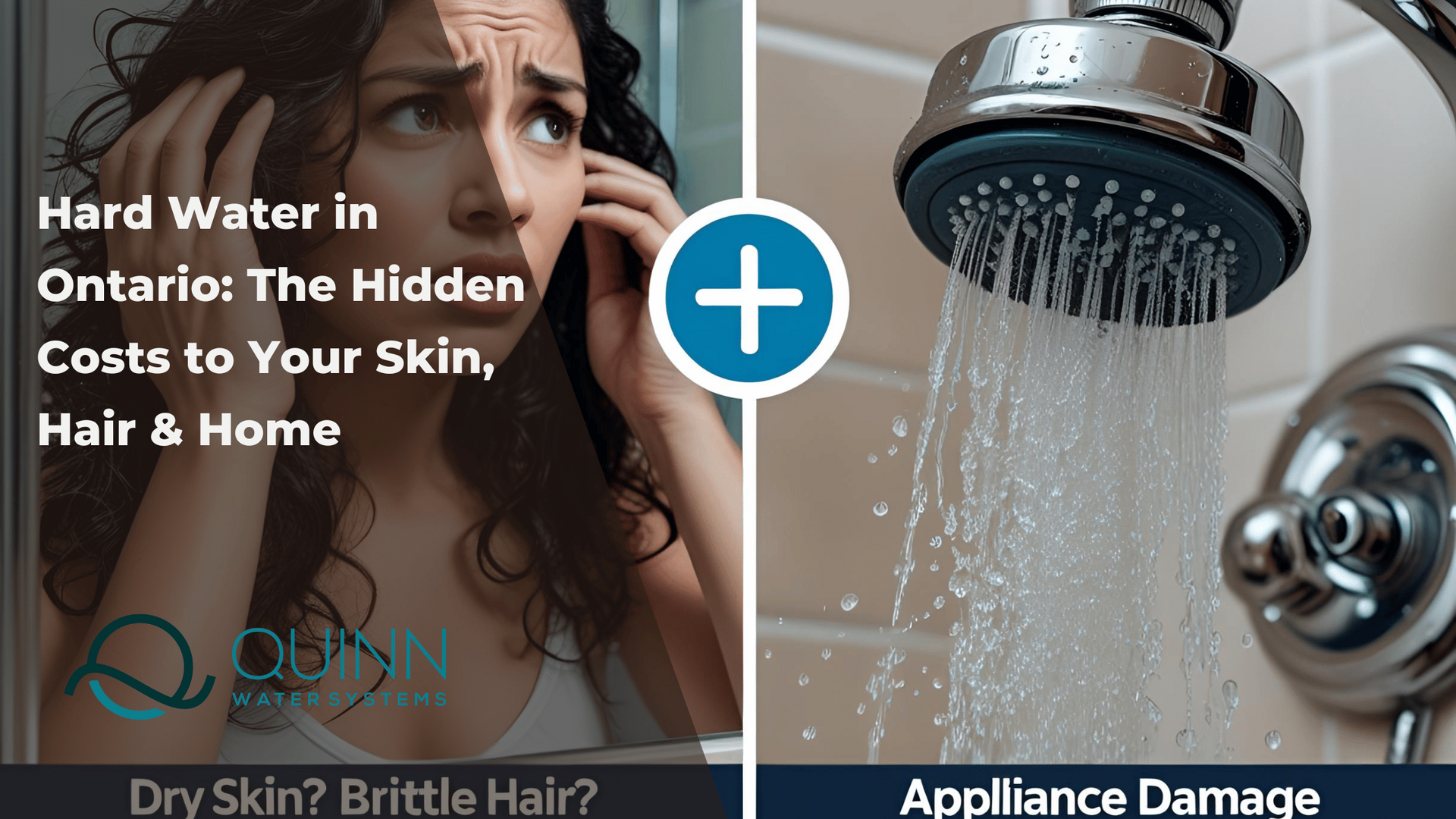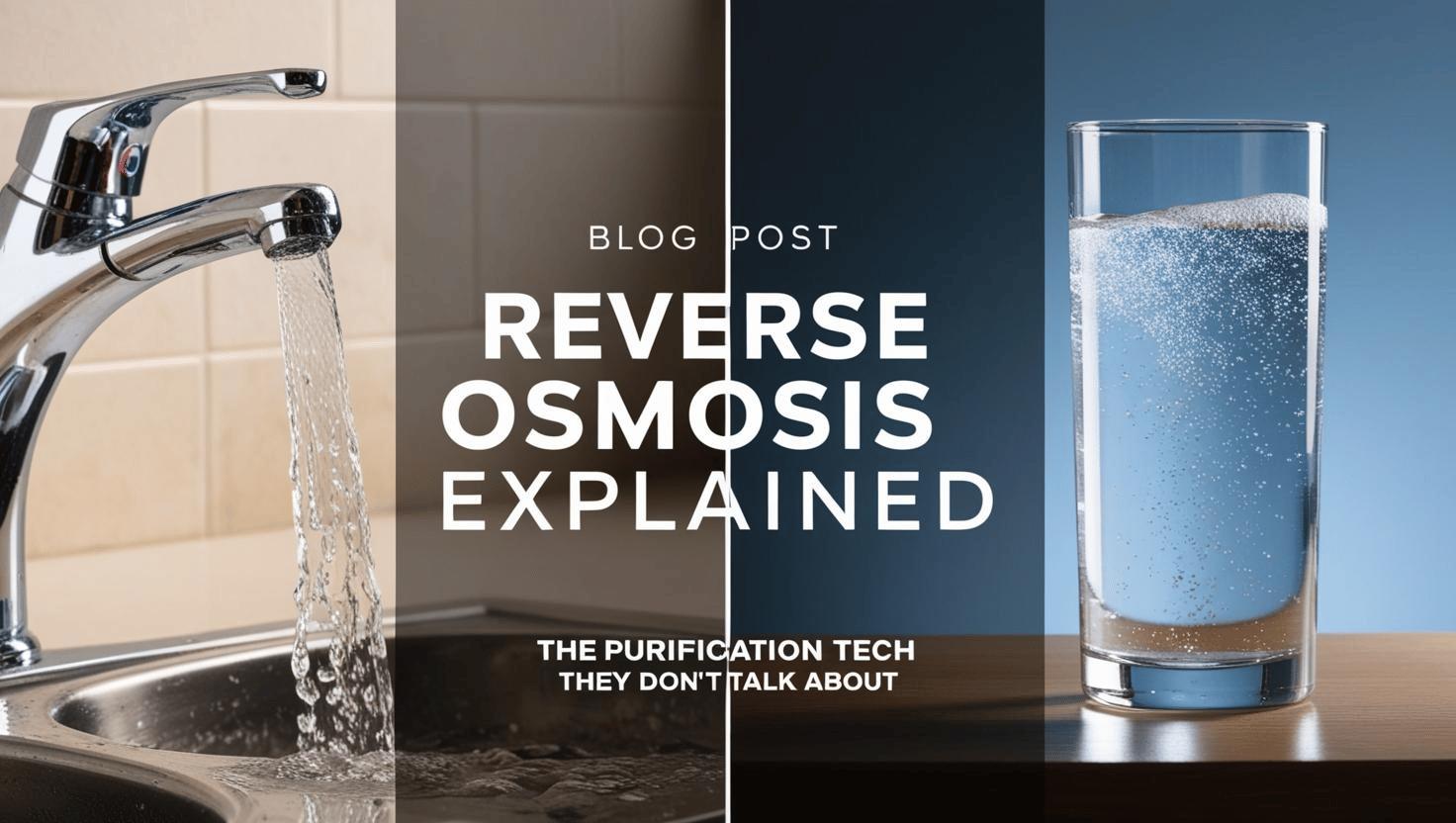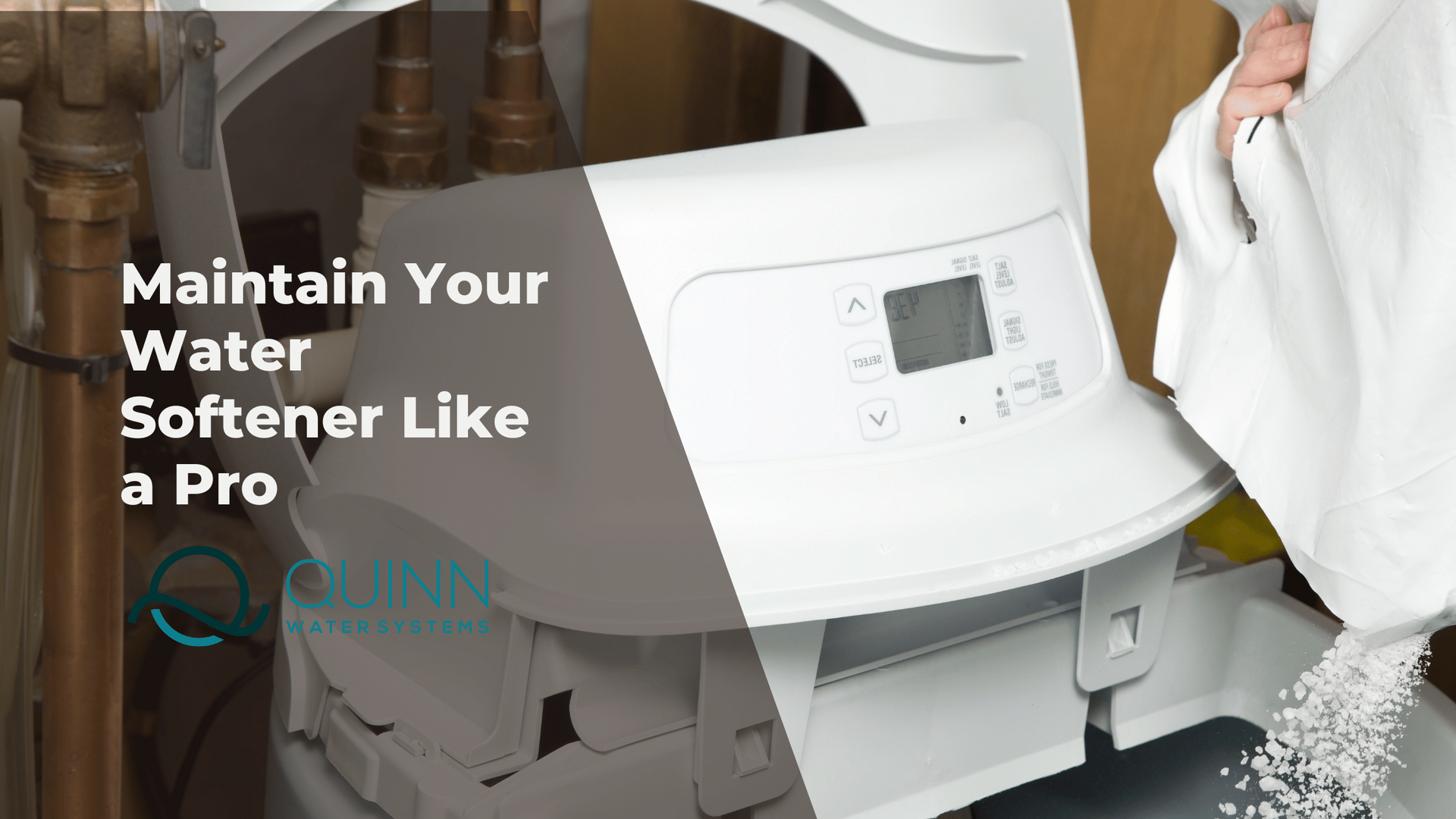Is Your Tap Water Really Safe? What We Found in Ontario Homes Will Surprise You
What We Found After Testing Hundreds of Homes in Ontario
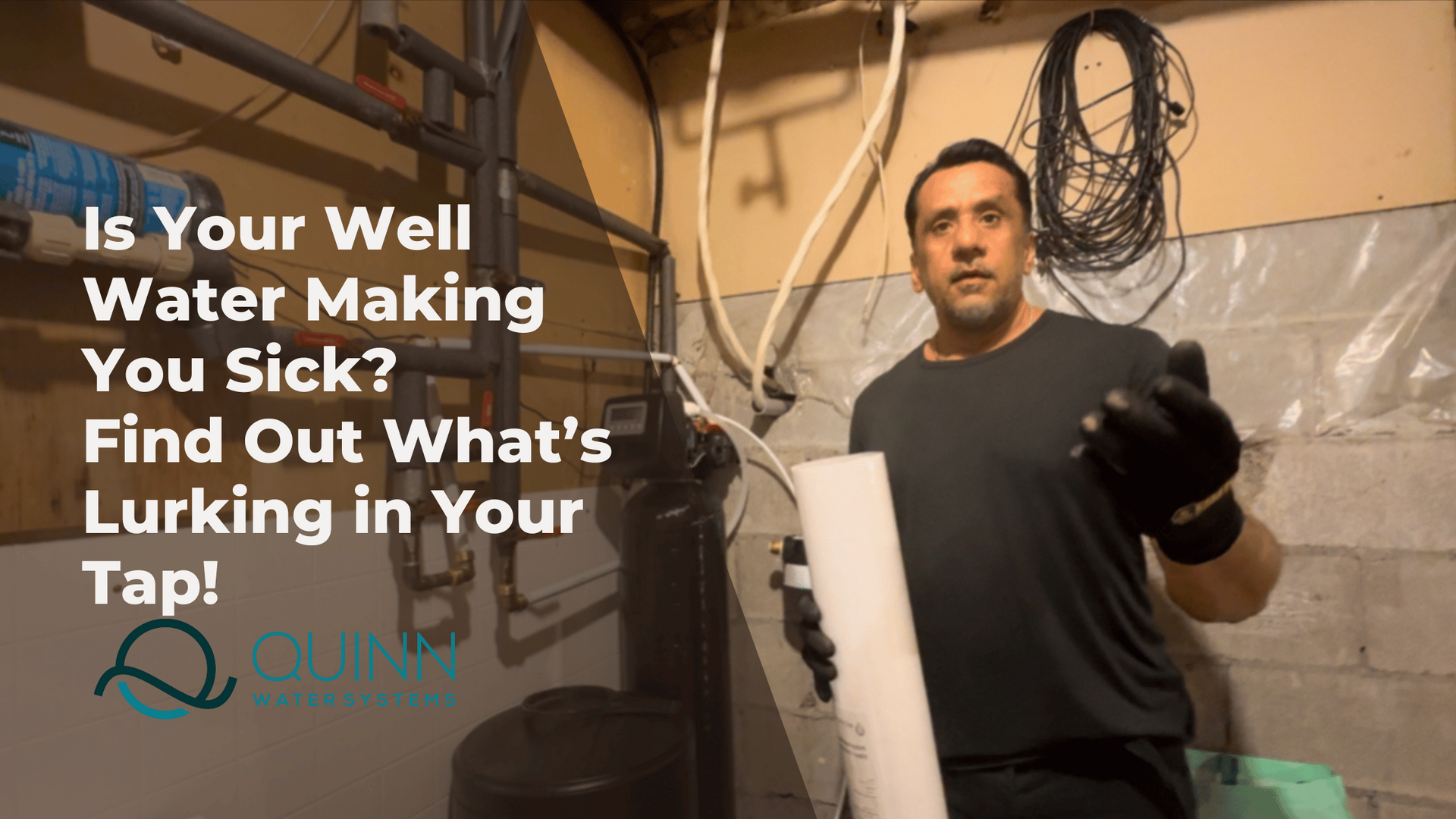
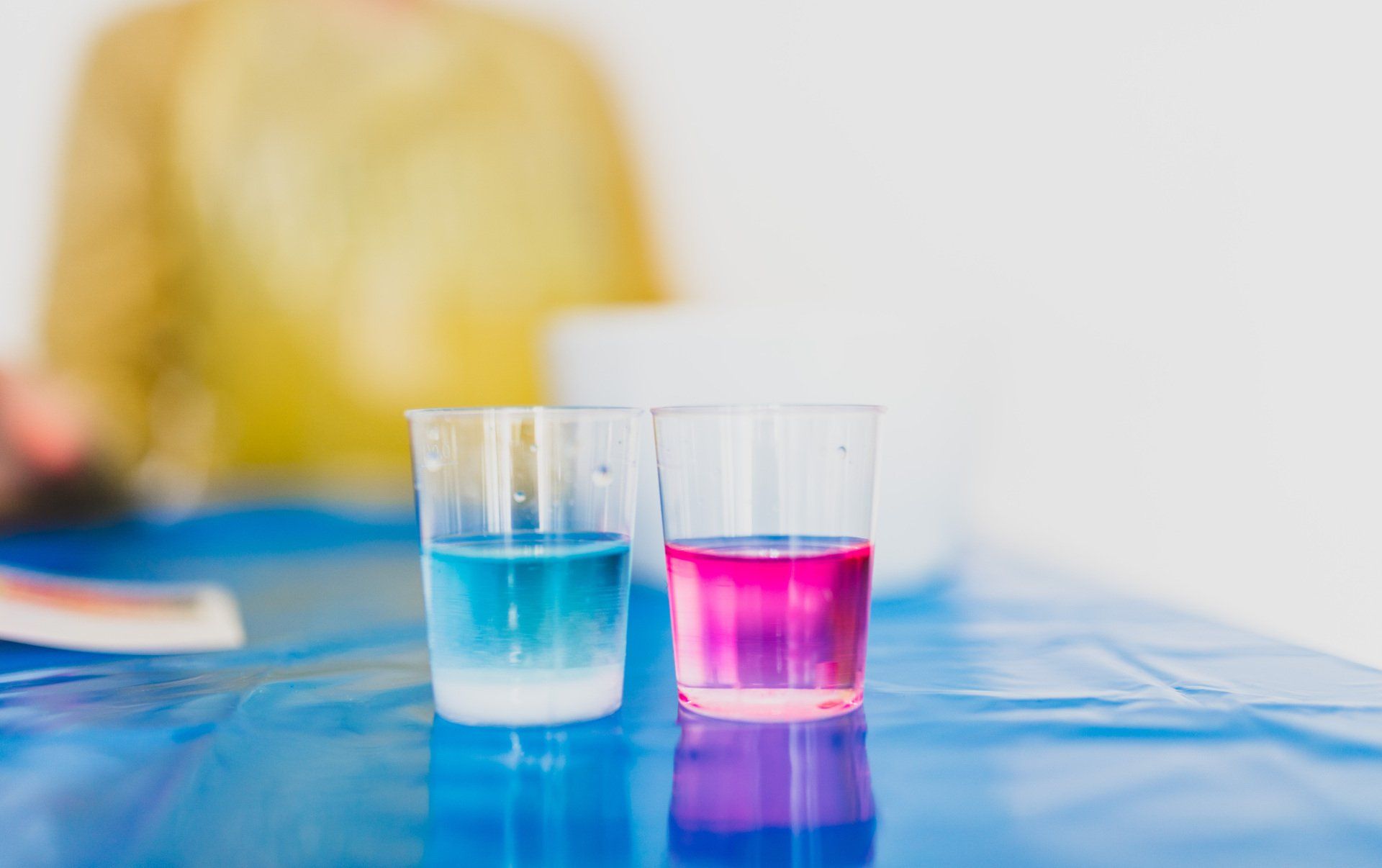
At Quinn Water Systems, we’ve tested water in homes across Ontario—from Toronto to Richmond Hill, Vaughan to North York. And one thing is clear: while city water is technically safe to drink, it doesn’t always mean it’s clean, healthy, or ideal for your home and family.
Let’s break down what’s really flowing through your tap—and what you can do about it.
1. Chlorine & Chloramine – The Hidden Chemicals
Municipalities add disinfectants like chlorine or chloramine (a mix of chlorine and ammonia) to kill bacteria in water. While it keeps the water microbiologically safe, these chemicals come with their own set of issues:
- That swimming pool smell? That’s chlorine.
- Causes dry, itchy skin and brittle hair
- Can aggravate eczema and other skin conditions
- Alters the taste of your drinking water
Solution: An activated carbon filter removes chlorine and chloramine, dramatically improving the taste and feel of your water—right from the tap or shower.
2. Hard Water – The Silent Appliance Killer
- Water hardness is measured in grains per gallon (GPG), and Ontario averages 12–18 GPG—considered very hard.
- What does this mean for your home?
- White buildup on your faucets, dishes, and glassware
- Soap and shampoo don’t lather well
- Accelerated wear and tear on appliances like water heaters, dishwashers, and kettles
- Dry, itchy skin and flat, lifeless hair
Solution: A high-efficiency water softener extends the life of your appliances, saves on cleaning products, and gives you softer skin and shinier hair.
3. Lead – A Risk in Older Pipes
If your home was built before 1990, there’s a chance your plumbing still contains lead. Though banned in newer plumbing, lead can still leach into water from old fixtures and pipes.
Why it’s serious:
- Lead can impact brain development in children
- Long-term exposure can affect kidneys and blood pressure
Solution:
- Install a Reverse Osmosis system to remove up to 99% of lead
- Let your taps run for 1–2 minutes in the morning to flush out any lead that’s accumulated overnight
4. Nitrates – The Invisible Threat
Nitrates are common in rural and suburban areas where fertilizer runoff enters the groundwater. Boiling water won’t help—it actually concentrates nitrates.
At risk:
- Infants under six months (blue baby syndrome)
- Pregnant women
- People with compromised health
Solution: A reverse osmosis system is the most effective way to remove nitrates from drinking water.
5. Micro plastics & Pharmaceuticals
More recent testing reveals traces of:
- Micro plastics
- Over-the-counter medications (like painkillers, birth control, antibiotics)
- Hormones and other contaminants
These aren’t filtered out by city treatment plants.
Solution:
A multi-stage filtration system can remove emerging contaminants, giving you peace of mind in every glass.
What’s the Best Drinking Water System?
At Quinn Water Systems, we recommend our premium 6-Stage Alkaline Reverse Osmosis System with an added mineral filter.
✅ Removes 99% of contaminants
✅ Re-mineralizes for great-tasting, pH-balanced water
✅ Protects your family’s health
✅ Cost-effective and easy to maintain
Take Action – Don’t Wait for the Problem to Show Up
You shouldn’t need to second-guess the water you drink or the shower you take. Whether you’re dealing with chlorine, hard water, lead, or unknown contaminants—there’s a solution for every home.
👉 Book your
in-home water test with a certified technician at Quinn Water Systems.
We’ll test your water, explain your results, and recommend the best system for your needs—no pressure, just clarity.
Contact Us
Share this blog
Blog Posts
